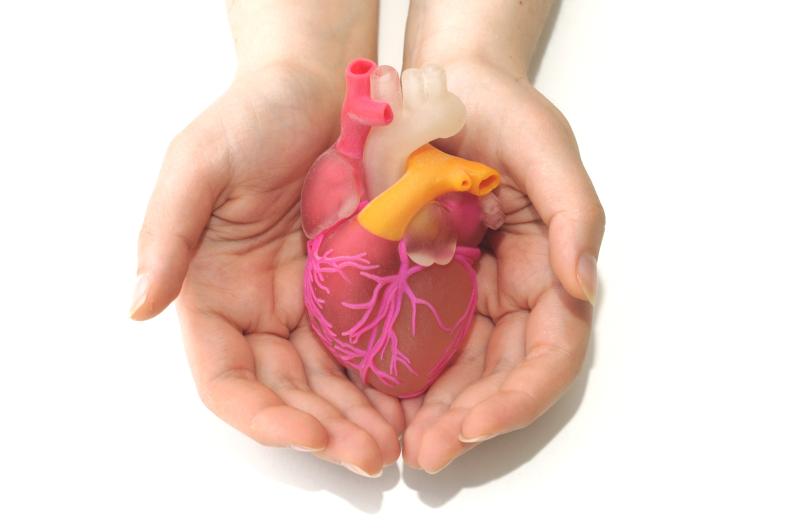16 Jul 2016
Empagliflozin has high SGLT2 selectivity
“SGLT2 inhibitors such as empagliflozin offer a novel, insulin-independent approach for achieving glycaemic control,” said Lee.
He noted that glycosuria is absent under normal physiological circumstances because glucose from the glomerular filtrate is reabsorbed by the kidneys. SGLT2 is a transporter that facilitates this process, and it is associated with approximately 90 percent of glucose reabsorption in the kidneys. Thus, glycaemic control can be achieved by halting renal glucose reabsorption through SGLT2 inhibition.
“Of the SGLT2 inhibitors currently available for T2DM treatment, empagliflozin has a higher SGLT2 selectivity than dapagliflozin and canagliflozin,” said Lee. (Table) [Jardiance Product Information; Forxiga Product Information; Invokana Product Information; Diabetes Obes Metab 2015;17:188-197]
Empagliflozin has been shown to produce clinically meaningful HbA1c reduction in patients on different background therapies for glycaemic control, including those with suboptimal response to metformin, metformin plus sulphonylurea, basal insulin, and multiple insulin injections. [Diabetes Care2013;36:3396-3404; Diabetes Care 2014;37:1650-1659; Diabetes Obes Metab 2015;17:936-948;Diabetes Care 2014;37:1815-1823]
“Despite the availability of a variety of effective glucose-lowering agents for T2DM patients, many patients have other comorbidities and cardiovascular [CV] risk factors that cannot be adequately addressed with glucose control alone. We therefore need to look for agents that may also address some of these CV risk factors,” suggested Lee.
Optimal management of dysglycaemia
“Optimal management of patients with dysglycaemia requires more than lifestyle modification and glycaemic control,” said Rydén. “Their blood pressure and lipid levels also need to be adequately controlled and platelets stabilized. Ideally, any glucose-lowering agent for these patients should affect as many of these mechanisms as possible.”
“It is well known that elevation in blood glucose levels causes vascular damages. Therefore, normalization of blood glucose levels should theoretically be CV protective,” he noted. “However, trials of most existing therapies have generally been disappointing in this respect.
“There has been plenty of controversy over whether glucose-lowering therapies have adverse or beneficial effects on CV outcomes among patients with T2DM, but much seems to depend on the class of agent used. Recently, the SGLT2 inhibitor empagliflozin has been shown to have beneficial CV effects when administered as an add-on therapy to standard care,” remarked Rydén.
Empagliflozin reduces adverse CV outcomes
Empagliflozin has been proven to reduce the risk of adverse CV outcomes. In the ground-breaking EMPA-REG OUTCOME (Empagliflozin-Renal Excretion of Glucose Outcome) study, 7,020 adult patients with T2DM and established CVD were randomized to receive placebo (n=2,333), empagliflozin 10 mg/day (n=2,345) or empagliflozin 25 mg/day (n=2,342) in addition to standard care. [N Engl J Med2015;373:2117-2128; Eur Heart J 2016;37:1526-1534]
“As expected, the researchers observed a relatively modest decrease in HbA1c levels, small reductions in systolic blood pressure and weight, and slightly elevated LDL-cholesterol levels. However, the most surprising and impressive finding was the 14 percent reduction in the composite primary endpoint of CV death, non-fatal MI or stroke,” said Rydén.
The study also showed that empagliflozin significantly reduced the risk of hospitalization for heart failure, CV mortality and all-cause mortality even among high-risk patients with heart failure at baseline. (Figure 2) [Eur Heart J 2016;37:1526-1534]
Conclusion
“The 34 percent reduction in first hospitalization for heart failure or CV death and the 39 percent reduction in all-cause mortality with empagliflozin are striking, particularly since the benefits were clearly observed in patients with and without heart failure at baseline,” said Rydén.
“A hypothetical mechanism to explain these findings is the reduction in myocardial preload and afterload due to volume and sodium depletion by empagliflozin. What is interesting is that we are now talking about a glucose-lowering drug that has completely different capacities. The drug is available in the market for treating patients of the kind investigated in the EMPA-REG OUTCOME trial. Moreover, the results open a new field of research, which may offer further hope for patients with T2DM,” concluded Rydén.

